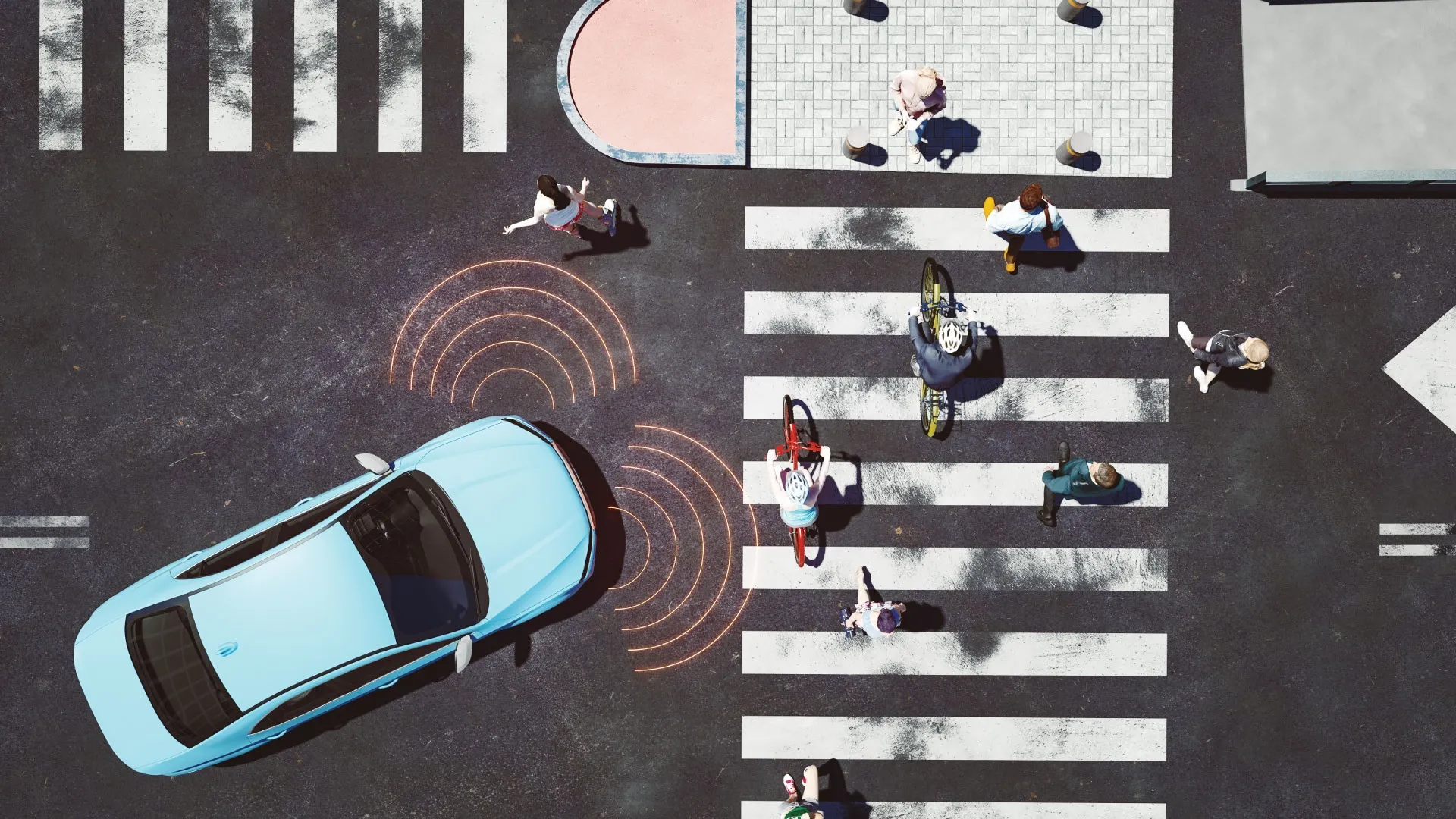Washington DC Mayor Muriel Bowser, in conjunction with the Department of Transportation (DDOT) the Metropolitan Police Department (MPD) and other city officials, has releases the District’s Vision Zero Action Plan, which aims to eliminate fatalities and serious injuries to people walkers, cyclists and drivers by 2024.
The Plan is the result of an extensive planning process involving 30 government agencies, community groups and residents. It places a high priority on making safety improvements and ref
December 18, 2015
Read time: 3 mins
Washington DC Mayor Muriel Bowser, in conjunction with the Department of Transportation (DDOT) the Metropolitan Police Department (MPD) and other city officials, has releases the District’s Vision Zero Action Plan, which aims to eliminate fatalities and serious injuries to people walkers, cyclists and drivers by 2024.
The Plan is the result of an extensive planning process involving 30 government agencies, community groups and residents. It places a high priority on making safety improvements and refining how the city monitors and addresses hazardous street conditions. During the planning process, residents reported more than 4,500 hazardous locations. Those sites can now be mapped along with historical crash data to inform the District’s engineering, education, and enforcement efforts.
Widespread public feedback has confirmed some of the root causes of severe traffic crashes in the District. 45 per cent of residents surveyed knew someone who had been killed or seriously injured in a crash. Across all eight wards, residents also advised that their primary concerns are speeding drivers, distracted drivers, and people ignoring traffic signals.
The Action Plan outlines the strategies, time frames and agencies responsible for implementing programs to improve traffic safety regardless of where or how travellers move throughout the District. The plan serves as the playbook for the first years of the initiative and incorporates legislative and regulatory proposals already released by the Administration.
The District joins a growing list of US cities that have formally committed to goal of zero traffic fatalities, as well as over 230 other communities that have signed onto the U.S. Secretary of Transportation’s Mayors’ Challenge for Safer People and Safer Streets. The initiative aims to improve pedestrian and bicycle transportation safety by showcasing effective local actions, empowering local leaders to take action, and promoting partnerships to advance pedestrian and bicycle safety.
“Vision Zero is our strategic roadmap to eliminate fatalities and injuries on District streets by 2024,” said Mayor Bowser. “But this is just the first step. Now that we have a smart plan, we will make the necessary changes to our street network so that residents, workers and visitors can safely navigate our great city.”
“Protecting vulnerable travellers through speed reduction is a strong theme through our Action Plan,” said DDOT director Leif Dormsjo. “Through extensive public outreach and collaboration, we are taking our first step towards realizing a ‘Vision Zero’ where no lives are lost on our streets or at our intersections. Together, we will make the District a safer place to live and travel through.”
The Plan is the result of an extensive planning process involving 30 government agencies, community groups and residents. It places a high priority on making safety improvements and refining how the city monitors and addresses hazardous street conditions. During the planning process, residents reported more than 4,500 hazardous locations. Those sites can now be mapped along with historical crash data to inform the District’s engineering, education, and enforcement efforts.
Widespread public feedback has confirmed some of the root causes of severe traffic crashes in the District. 45 per cent of residents surveyed knew someone who had been killed or seriously injured in a crash. Across all eight wards, residents also advised that their primary concerns are speeding drivers, distracted drivers, and people ignoring traffic signals.
The Action Plan outlines the strategies, time frames and agencies responsible for implementing programs to improve traffic safety regardless of where or how travellers move throughout the District. The plan serves as the playbook for the first years of the initiative and incorporates legislative and regulatory proposals already released by the Administration.
The District joins a growing list of US cities that have formally committed to goal of zero traffic fatalities, as well as over 230 other communities that have signed onto the U.S. Secretary of Transportation’s Mayors’ Challenge for Safer People and Safer Streets. The initiative aims to improve pedestrian and bicycle transportation safety by showcasing effective local actions, empowering local leaders to take action, and promoting partnerships to advance pedestrian and bicycle safety.
“Vision Zero is our strategic roadmap to eliminate fatalities and injuries on District streets by 2024,” said Mayor Bowser. “But this is just the first step. Now that we have a smart plan, we will make the necessary changes to our street network so that residents, workers and visitors can safely navigate our great city.”
“Protecting vulnerable travellers through speed reduction is a strong theme through our Action Plan,” said DDOT director Leif Dormsjo. “Through extensive public outreach and collaboration, we are taking our first step towards realizing a ‘Vision Zero’ where no lives are lost on our streets or at our intersections. Together, we will make the District a safer place to live and travel through.”









